Energy Efficiency and Sustainability
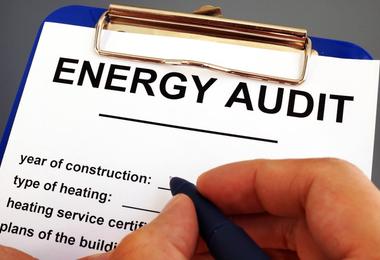
Home Energy Audit Explained
A home energy audit quickly shows where your home is losing heat, how air is moving through the structure, and which upgrades will deliver the most significant improvement in comfort and efficiency. By focusing on airtightness, insulation levels, and the performance of windows, doors, and mechanical systems, an audit helps you understand exactly why certain rooms feel cold, why your bills are rising, or why drafts keep returning.

Argon Gas Windows vs. Double-Pane: What Offers Better Efficiency?
Canadian homeowners often wonder whether argon-filled windows or standard double-pane units make the most significant difference in comfort and energy savings. Here’s a straightforward, no-pressure comparison to help you choose what best fits your home.
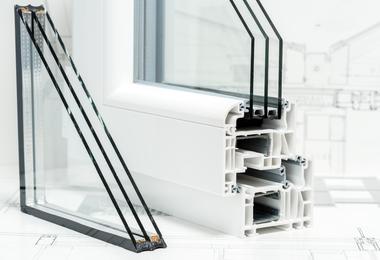
Insulated Glass and Low-E Glass: Key Differences Explained
Canadian homeowners often wonder whether insulated glass or Low-E glass makes the bigger difference in comfort and energy savings. The truth is: both matter — and they work best together. Here’s a clear, no-pressure breakdown to help you understand how each option works, and how to choose what’s right for your home and climate.
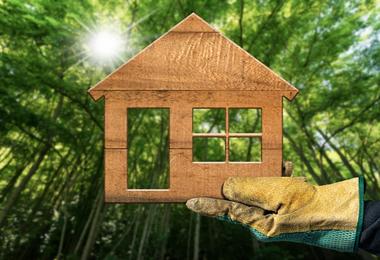
Sustainable Window Materials in Canada: Eco-Friendly Choices
In many Canadian homes today, you’ll find energy-saving appliances, smart thermostats, and double- or triple-pane windows. But how often do homeowners ask: What are these windows made of? In 2025's climate-conscious housing market, that question matters more than ever.
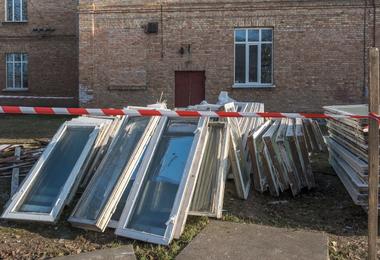
Eco-Friendly Disposal and Recycling of Old Windows and Doors
Sustainable disposal is more than following rules — it’s about making choices that protect the environment and strengthen local communities. By recycling or repurposing old units, homeowners contribute to a circular economy — one that keeps materials in use longer, reduces demand for new raw resources, and lowers overall carbon emissions.
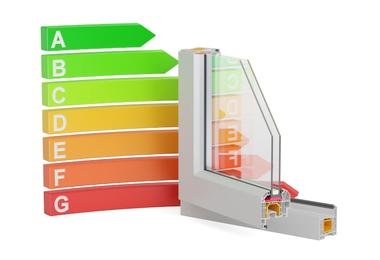
Maximizing Energy Savings with Energy Star-Rated Windows in Ontario
A window carrying the ENERGY STAR® label represents verified, proven energy performance tailored to our climate zones. These standards ensure windows deliver measurable efficiency in real-world Canadian conditions — where performance isn’t optional, especially during long, cold winters.
- Maritimes 6
- Product Comparisons 22
- Buying Guides 23
- Doors Types 28
- Energy Efficiency and Sustainability 33
- Home Improvement 24
- Installation and Replacement Tips 22
- Local Guides 41
- Maintenance and Repairs 30
- Manufacturers Reviews 7
- Pricing and Financing 14
- Room-Specific Windows 14
- Safety and Security 9
- Seasonal Tips 6
- Window Styles 12
- Window Types 40
- Past Projects



